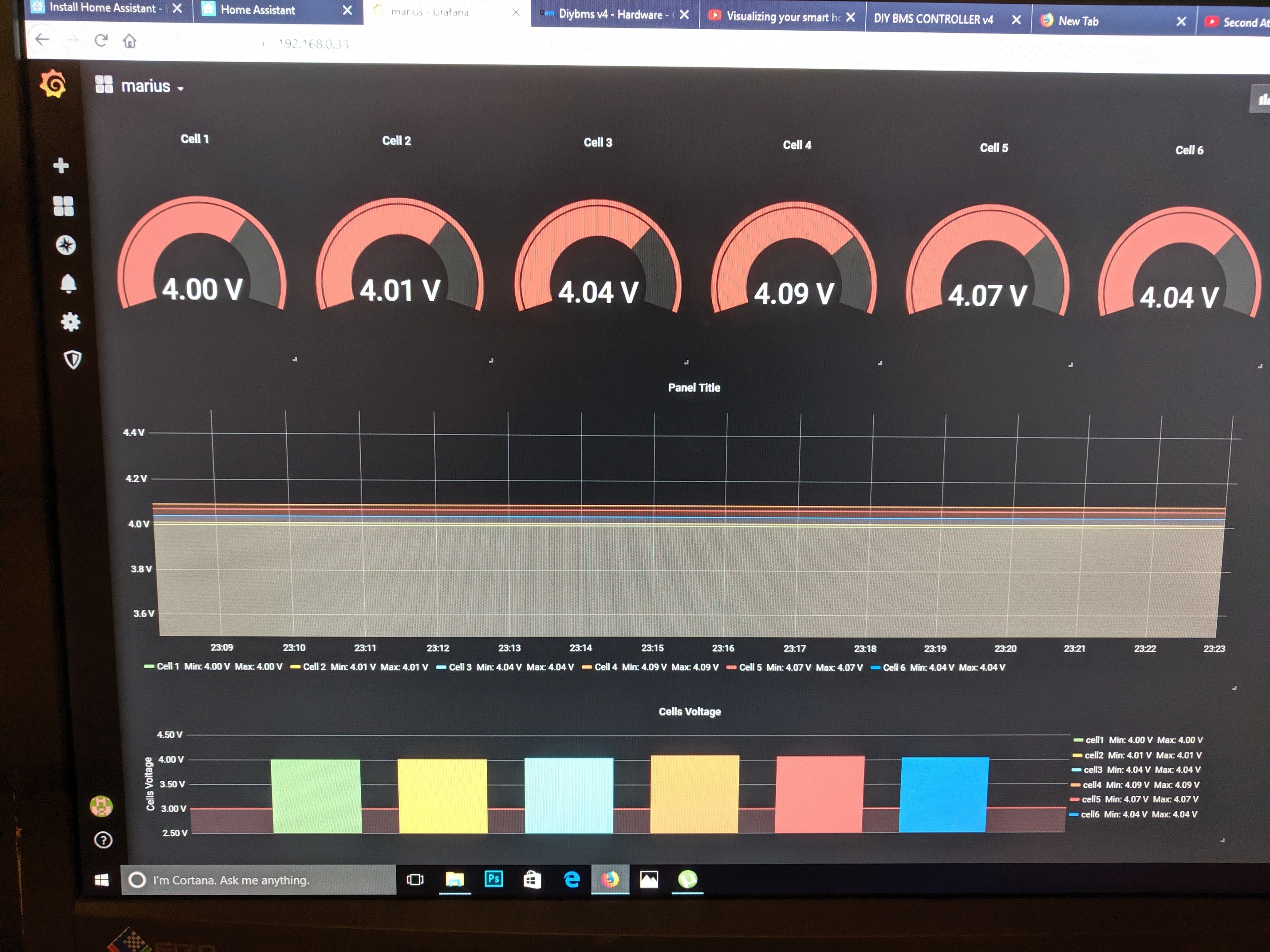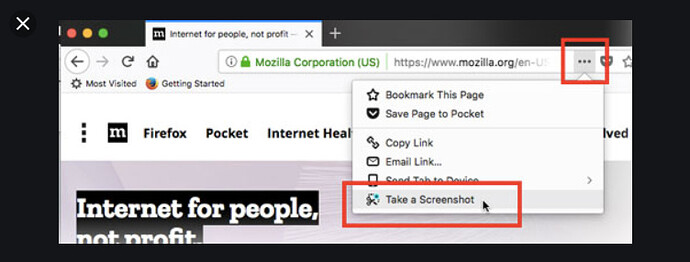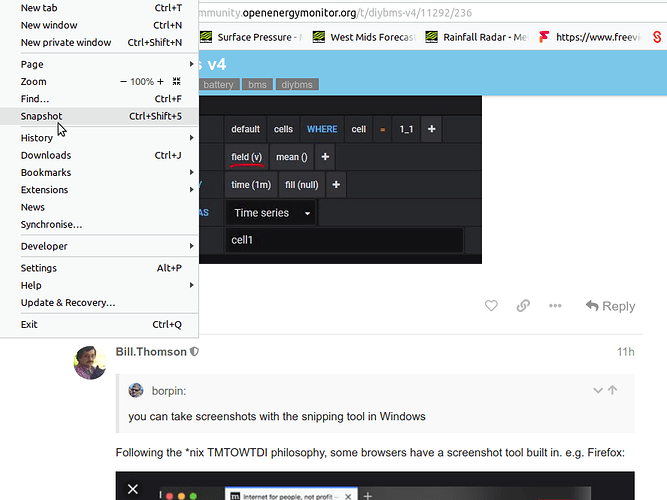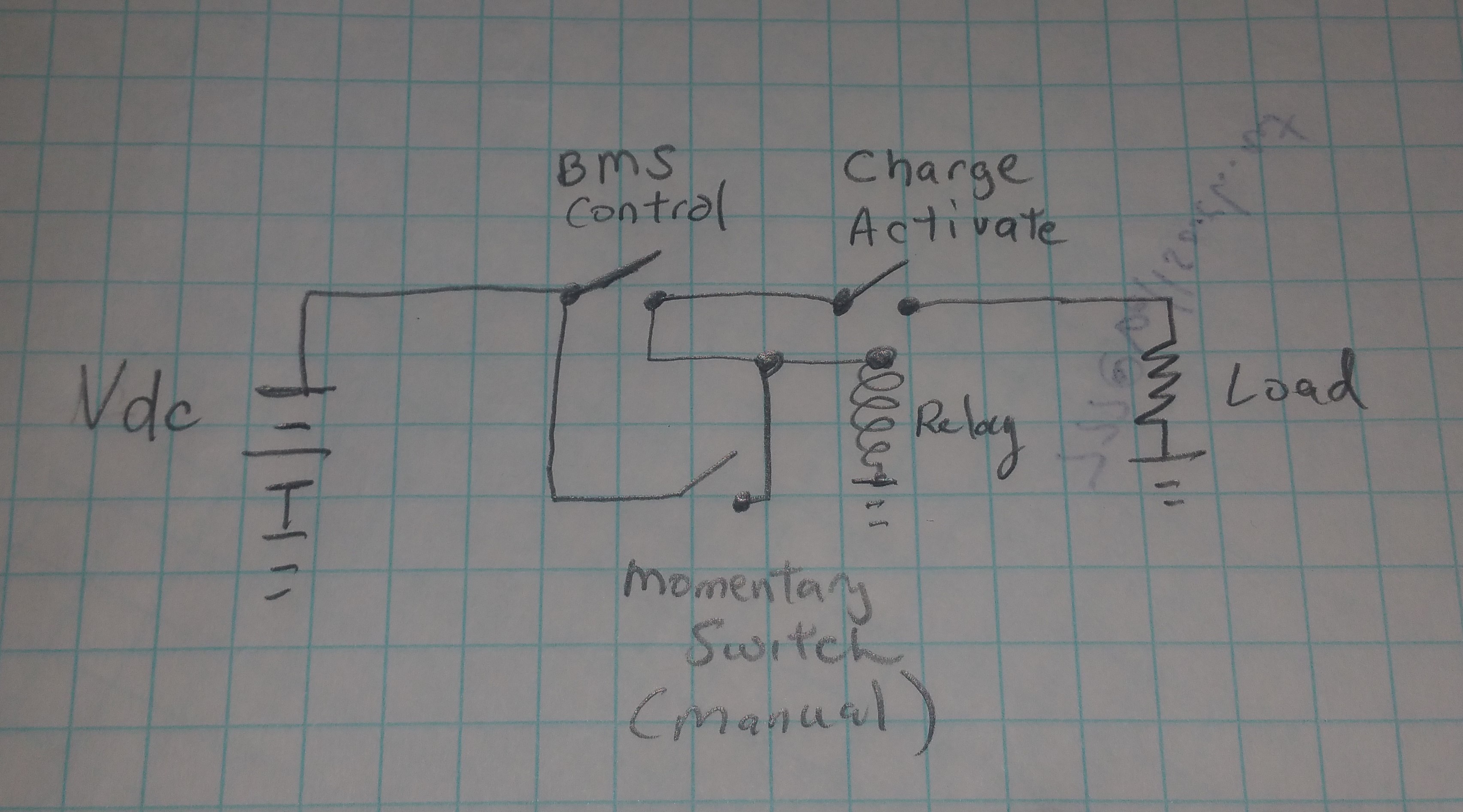You know you can take screenshots with the snipping tool in Windows? Just paste into a message. Or even just Win-Shift-S
No if you are posting from the phone.
Why not post from the computer in a browser?
Hi Marius,
What was it you did to get it to work?
(if someone else has a similar issue, your answer may help them fix it)
Thanks!
Bill I didn’t fill out this part, you can choose volts or the temperature.
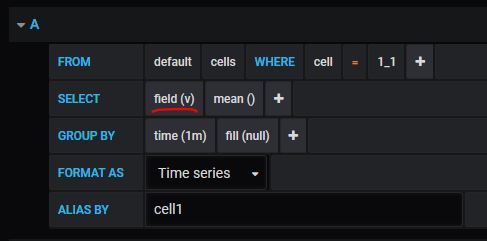
Following the *nix TMTOWTDI philosophy, some browsers have a screenshot tool built in. e.g. Firefox:
It’s not as feature laden as the Windows snipping tool, but it’s available on Firefox
running on a non-Windows OS.
OK, thanks!
(I run Influx and Grafana too, which made me curious as to what your fix was.)
hi stuart,
I believe there is an error in the list.
the chip resistor 10k and 1k are duplicated. it’s right ?
Jeff that’s not possible, I’m missing just the U3 from the ESP controller ( I’m not using the relay part for the moment ) the rest of the modules are fully populated and working just fine, the module no.7 was working fine until the test that kill it.
Yes Jeff on that one I was waiting for the MOSFETs to come, I was still getting the parts for some of the modules.  I didn’t use it like that. Was just a photo with the connector that is not fitting, I order other ones and hopefully they will be ok. You are the only one to point that out, for sure your eyesight is good.
I didn’t use it like that. Was just a photo with the connector that is not fitting, I order other ones and hopefully they will be ok. You are the only one to point that out, for sure your eyesight is good.
Marius: Did you resolve your question about relay disconnect upon fully charged and then reconnect when less than fully charged? I have a similar question. I am evaluating relays/contactors and I need to know if the relays remain in their triggered state until breaking threshold to “normal” state. My guess is Yes, as long as the condition is “true”, the relay will remain in the triggered state. For your situation, if this is true, then charging would immediately resume after the condition of 12600mV is no longer true. I am resolving this by requiring the charging to be manually initiated and then disconnected at 95%SOC. Charging would only resume after manually resetting the relay.
Jeff, I was hoping to get an answer but I think I need to wait for the U3 from the ESP controller to arrive and start experimenting by myself. At the end if will not work I’m thinking anyway to buy the Victron MPPT 75/15 and I will set the cut off at 28.8V and I can set the discharge cut off at 22.4V from the DIYBMS or use the load connection from the Victron to stop discharging under 22.4. ( the 3s setup was for test, I will use a 7s14p for the final setup )
Correct, the relay is in the desired state whilst the condition is true
What type of rule are you missing @malabarmcgyver
@stuart I am curios, how do you use diyBMS ?
Stuart: Thanks for the concern, but I do not think a rule will resolve my random issue. The issue is “when to charge” and I think Marius had a similar issue in that these cells do not want to float charged nor recharged when dropping below the threshold. There may be times that I know that I will be drawing power for a significant amount of time and want to start charging at 90%SOC. There are other times that I may want to draw the batteries to 70%DOD to limit charging cycles. That was why I recommended a manual momentary switch to start the charging cycle. My larger concern was to insure that charging stopped completely when at 95%SOC. Your BMS is very capable of that. I added a quick drawing of what I think will work to manually engage the charger and will allow the BMS to trigger a relay to stop charging until it is manually engaged again.
One thing that I overlooked that I just realized is that if the BMS triggers a relay to open the charging circuit at 95% SOC, then it will be held open in this “true” state requiring a relay to remain energized as long as it remains at a minimum of 95%SOC.
Yes the relay would be held in that state.
I wouldn’t get too concerned about the number of cycles on the cells - if you are charging from solar for instance, during the day the solar will also be powering anything connected to the cells (inverter for instance) as well as attempting to charge the cells.
